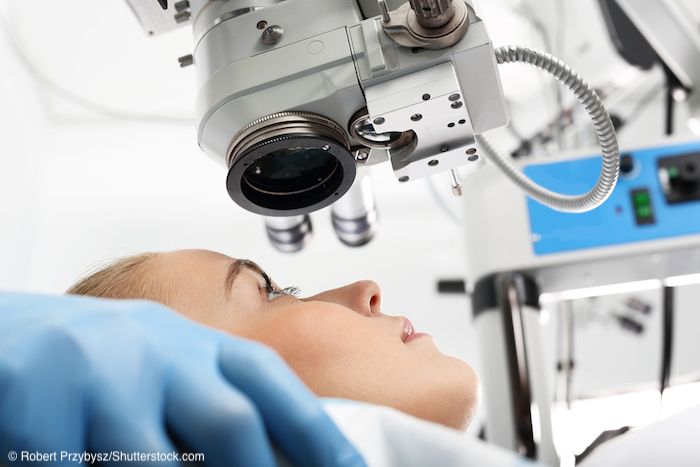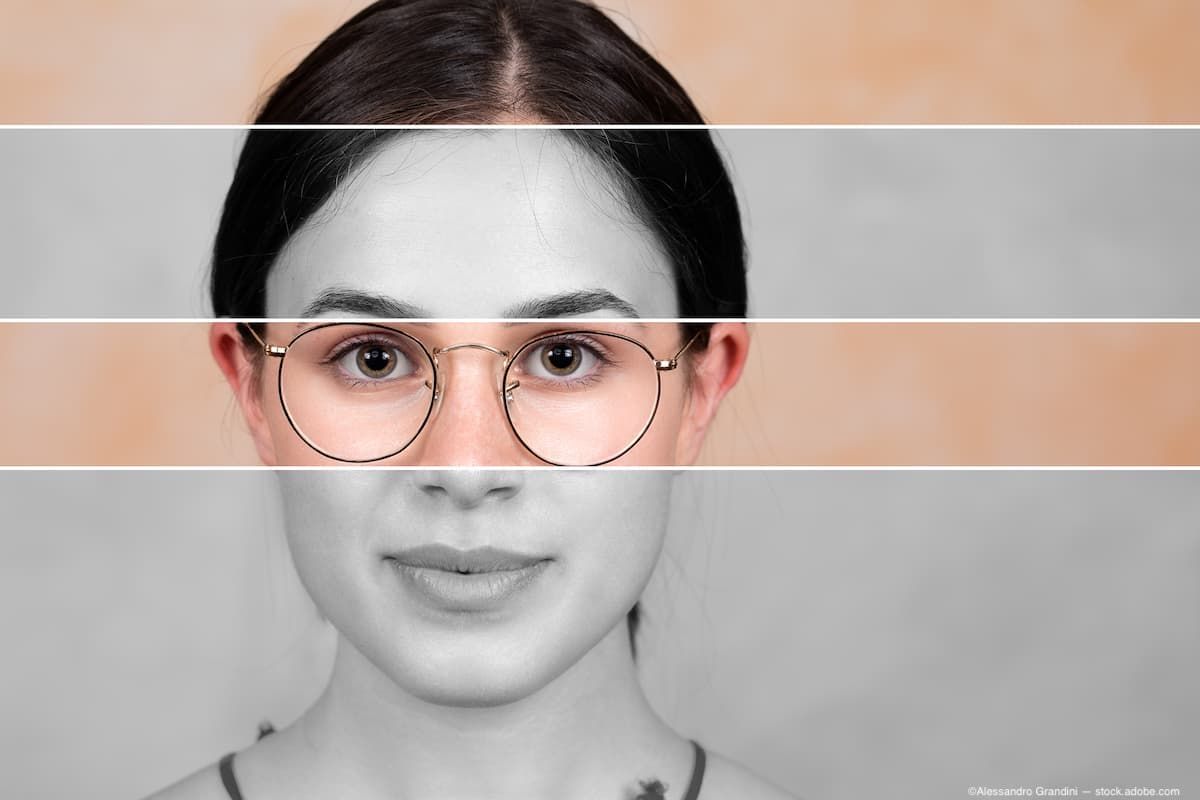Article
Journey to better IOL power prediction: One surgeon's advice
Ophthalmologists know from large studies that the major driving factor for patient satisfaction is having a good postoperative refractive outcome. "That is especially so for patients receiving multifocal IOLs, toric lenses, or having clear lens exchange," said Oliver Findl, MD, MBA.

Ophthalmologists know from large studies that the major driving factor for patient satisfaction is having a good postoperative refractive outcome.
“That is especially so for patients receiving multifocal IOLs, toric lenses, or having clear lens exchange,” said Oliver Findl, MD, MBA, professor and chairman, Department of Ophthalmology, Hanusch Hospital, Vienna, Austria.
Dr. Findl was honored Saturday at the ASCRS Opening Session as the recipient of the Binkhorst Medal.
Speaking about the challenge of choosing the right IOL power, Dr. Findl described advances that have improved refractive outcome accuracy and emerging techniques that hold promise for achieving greater predictability.
He began by highlighting the importance of this topic and concluded it with a list of current recommendations.
“My take-home messages for today are to use optical biometry, modern IOL power formulae, an optimized IOL constant, and at least two different techniques for corneal measurement," he said. “For the future, the use of intraoperative measurements will refine IOL power selection, and we will see if changing IOL power in the eye after surgery will work.”
Taking a historical look at refractive outcomes after IOL surgery, Dr. Findl noted Sir Harold Ridley achieved surprisingly good outcomes considering that he used only the patient’s preoperative refraction and a very simple formula for IOL power calculation.
Outcome accuracy improved over time with implementation of more sophisticated power calculation formulae, and real-world results from an analysis of EUREOQUO registry data show that about three-quarters of eyes have a final refraction within 0.5 D of target.
“That result sounds pretty good, but it also means that a little more than one-quarter of eyes have more error,” Dr. Findl said. “Furthermore, we know that it is especially the short eyes and extremely long eyes where we have the most surprises, and these are the eyes that are undergoing refractive lens exchange and getting multifocal IOL technology.”
Although errors in axial length measurement were a major factor in IOL power calculation accuracy in the past, this issue was reduced with implementation of optical biometry instead of ultrasound. Results today are even better thanks to the latest generation of equipment that uses swept-source OCT technology rather than partial coherence interferometry.
Currently, therefore, prediction of postoperative IOL position represents the major factor limiting IOL power calculation accuracy.
“Knowing where the IOL will sit postoperatively is the holy grail of IOL power calculation,” Dr. Findl said.
Understanding that haptic design affects shift in IOL position after surgery has led to a shift favoring single-piece, non-angulated implants.
Although capsulotomy size has also been considered important, research conducted by Dr. Findl and colleagues found that having a suboptimal capsulorhexis had minimal or negligible effect on the refractive outcome with the use of modern IOLs.
Neural networks for estimating IOL position are also being examined as a technique for improving IOL power selection, but so far are not outperforming modern formula for generating more accurate results, Dr. Findl said.
Intraoperative aberrometry represents another approach for improving refractive outcomes.
Dr. Findl said that so far, findings from several groups show that the aphakic measurements lack sufficient reproducibility to add value for improving IOL power calculation compared with selections based on preoperative measurements.
He noted that intraoperative aberrometry may have value in eyes with a history of corneal refractive surgery.
Yet, there are a number of variables that can affect the accuracy of the aphakic measurements.
“And, prediction of postoperative IOL position is still a missing link,” he said.
Reviewing sources of error in astigmatic correction using toric IOLs, Dr. Findl discussed the importance of obtaining accurate preoperative measurements, achieving precise IOL alignment, and accounting for the contribution of posterior corneal astigmatism.
He also discussed current and forthcoming techniques for addressing each of these issues.
What lies ahead?
Dr. Findl described work he has been doing using intraoperative OCT to obtain measurements of the lens capsule as a means to better predict IOL position after surgery.
“The idea would be to do preoperative biometry and power calculations, pre-select an IOL, and then use the intraoperative OCT to verify or adapt the IOL choice,” Dr. Findl said.
He added that this approach is of special interest when operating on eyes that are short or for “odd” eyes that have unusual anatomy.
There are still some challenges that need to be addressed.
Nevertheless, Dr. Findl reported promising results are being obtained in the latest studies that use swept-source OCT, suggesting that the ceiling has not yet been reached and there is potential for further improvement in IOL power prediction accuracy.
Newsletter
Don’t miss out—get Ophthalmology Times updates on the latest clinical advancements and expert interviews, straight to your inbox.





